A myth, perpetuated by ready-meal companies perhaps, is that ‘from-scratch’ Thai cooking is beyond the reach of home cooks. Many in a bout of confidence and bravery look up a Thai curry recipe and are completely overawed by the breadth of unheard-of, hard-to-source ingredients. The resulting reach for a bland, ready-pounded paste results in a less-than satisfying end product. And repeat.
Over here at IDEAL we are huge fans of gutsy, assertive Thai food and love to replicate it at home. We’re here to reassure you that it’s super easy if you have a well-stocked cupboard of essentials. One trip to the Asian supermarket will have you covered and you can even buy the tools we recommend at most. If you don’t have access to an Asian Supermarket, Thai Taste products are available at most supermarkets, department stores and independent delicatessens throughout the country.
So, with that in mind, we’ve asked Asian food fanatic and our resident chef, Joseph Gann, for some tips. Here are our 10 IDEAL kitchen staples and tools for ‘from-scratch’ Thai cooking. Just take this list on your next shopping trip and you’ll be set for a rich run of tantalising Thai table-toppers in no time.
Rice
Thais never skip the rice. The rice is the meal – the backbone, the focal point and the glue that holds everything together. The locals would think you crazy to be chucking back super-hot curries without the cleansing, neutralising effect of rice. Sticky rice is extra special; a textural delight and one usually manipulated with the hands to scoop up delicious accompaniments. Yes, the curries, dips, grilled meats and more are accompaniments. Everything plays second fiddle to the magical grain and the Thais would have it no other way.
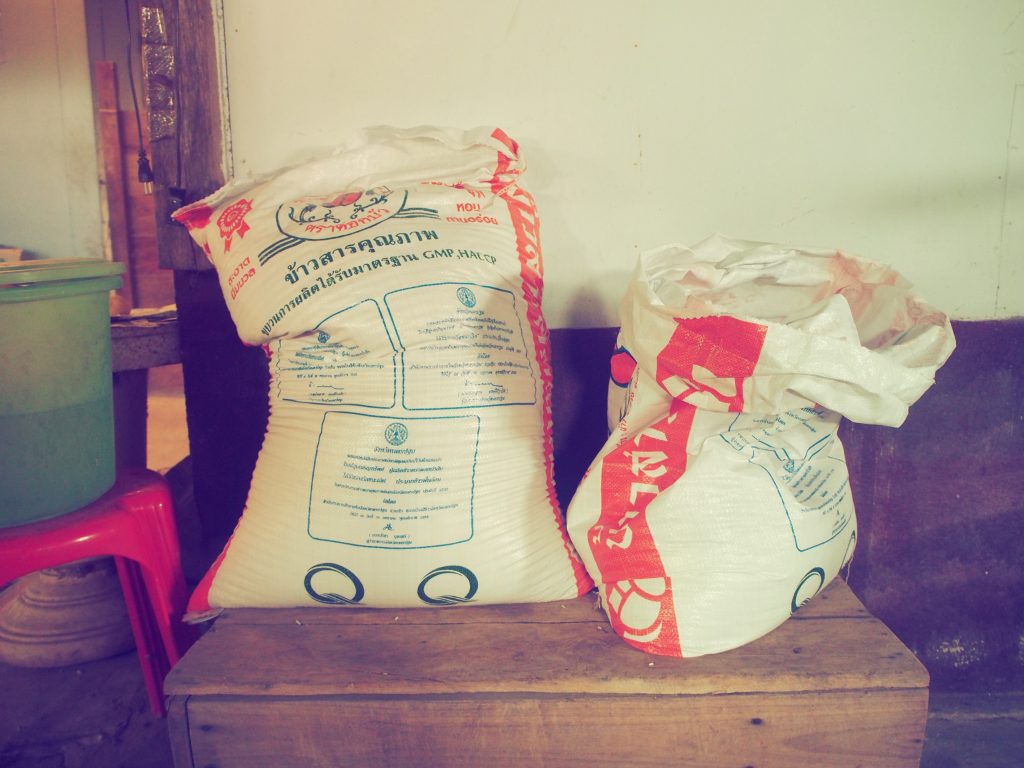
A Rice Cooker
So you’ve got your rice, and you’re wanting to cook it to that sweet spot between hard-as-bullets and a homogenous mush. It’s not looked upon as cheating to use a rice-cooker. In fact, it’s positively implored. It may seem an investment, but they’re not expensive and deliver perfectly cooked product every time. They’re also able to hold rice at the correct temperature and level of ‘done-ness’ for a good stretch of time, making preparation in advance a doddle.
Good Quality Fish Sauce
A seasoning which gives body, umami and salt in one, wonderful hit; fish sauce is an integral part of the Thai arsenal. It’s used in dipping sauces, curries, as part of a marinade and anything else requiring pep and balance. Any lover of anchovy will be aroused its heady charms. But, the supermarket shelf staple just won’t do. An investment in a good quality fish sauce (the Phu Quoc variant from Southern Vietnam is generally considered the finest around) is well worth the money. A little goes a long way – you only need a conservative amount for a dish – meaning its well worth the price.
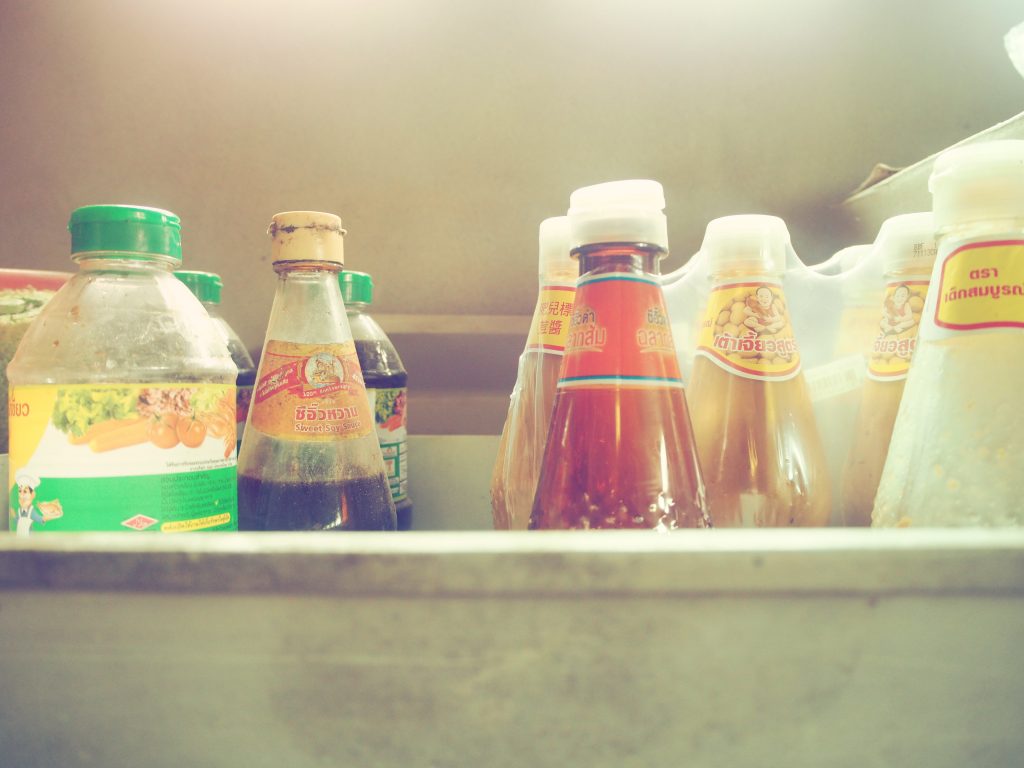
Kapi Shrimp Paste
Bringing even more fermented, fishy depth to a dish, Kapi Shrimp Paste can be found at any Asian supermarket worth its MSG. This stinky, delightful little jar is the base of many a good curry paste and ignoring it on a recipe would be a crime against flavour. Don’t let the bracing smell put you off – when dispersed in an aromatic mix of fresh ingredients it simply props up the rest of the cast rather than hogging the limelight. A must.
Asian Shallots
It really is worth going the extra mile to buy Asian shallots, as opposed to banana, echalion or Spanish. With a lower water content than their European cousins, they crisp up far better for the ubiquitous condiment of crispy shallots (clues in the title, huh?). They also work far better in a paste as they don’t release unnecessary liquid and dilute all the hard-flavour work the other ingredients have put in.
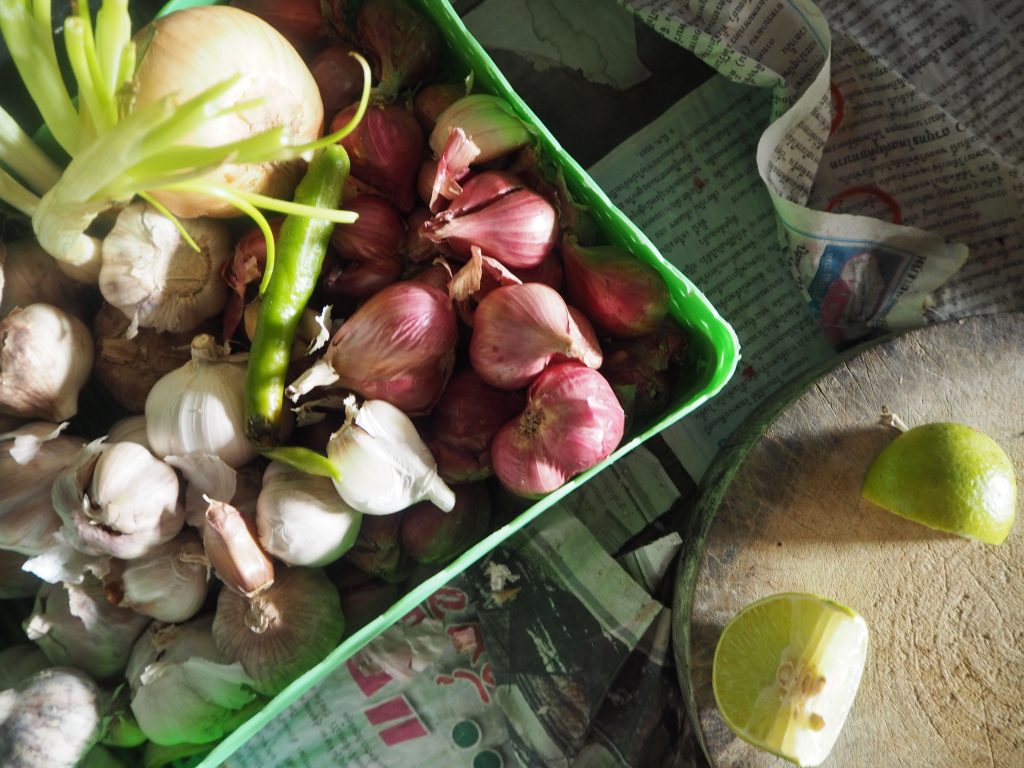
A Large Granite Pestle and Mortar
While we’re on the subjects of pastes, it’s time to rethink your grandmother’s miniature wooden pestle and mortar she reserves solely for garlic crushing. A mean, confident, hefty paste needs a tool of corresponding substance. A granite pestle and mortar with enough space in the bowl to really exert the required combination of deft flicks and force will bring the best results.
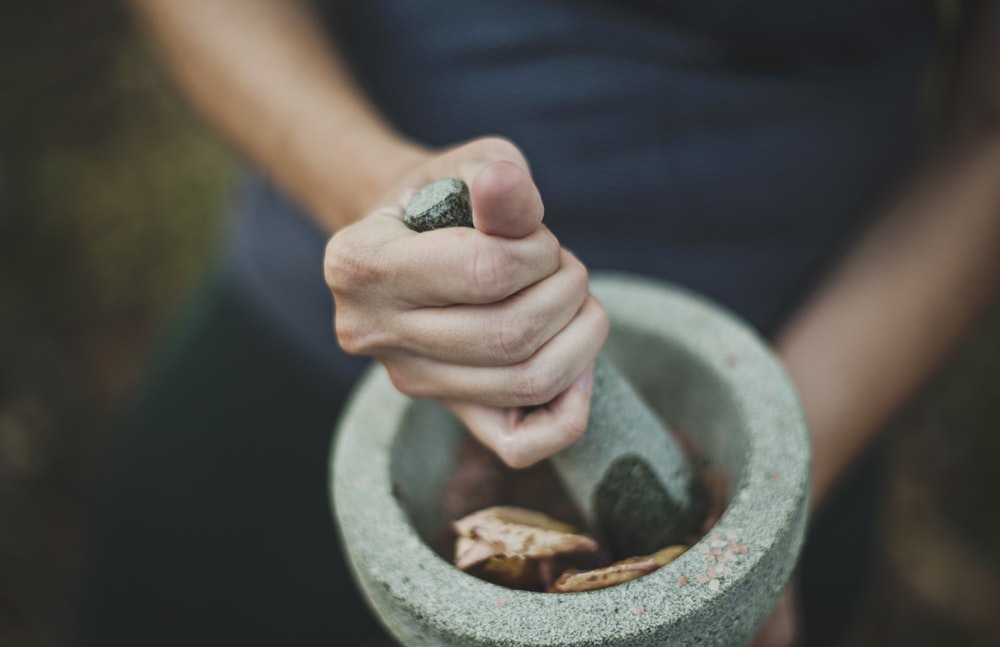
An Ultra-thick, Ultra-stable Chopping Board
Speaking of heft, if you’ve ever been to Bangkok and observed the the street food purveyors at work, you’ll have noticed one item they all share; a circular, wooden, super-thick chopping board. Upon this centre of their world occurs all manner of preparation, but especially the quick, efficient hacking-up of just-grilled meat. The density of the board – the sheer, proud girth of it – can absorb the shock of the meat cleaver in its stride, and is durable enough to be in operation for years. Again, an investment, but one which in the long-run will prove invaluable.
A Meat Cleaver
The aforementioned meat cleaver is the only blade you’ll need for true Thai cooking. It’s equally comfortable being wielded to cut through bone in one easy motion as it is unnecessarily turning a carrot into a rose. Buy a sturdy, sharp one with a strong handle capable that isn’t going to fracture your wrist when you deploy it with vigour, and you’re good to go. I made the mistake of bringing my knife wallet, full of task-specific blades, into a famous Thai kitchen, and the subsequent joshing was pretty boisterous, to put it mildly.
A Pantry of Ginger, Lemongrass, Galangal, Makrut Lime Leaf and Herbs
These days even your local Tesco express will stock a good deal of Asian spices and herbs, so there’s no excuse for powdered ginger or pureed lemongrass in a jar. Sure, makrut lime leaves and galangal may be slightly more of a stretch, but they freeze well, so buy in bulk. Coriander will be available pretty much anywhere, and your Asian supermarket will likely provide Vietnamese mint and Thai basil. It’s really worth buying the real thing, not their European substitutes, as Thai food is a fine balancing act and the nuance of flavour of each ingredient is taken into account in the composing of every recipe.
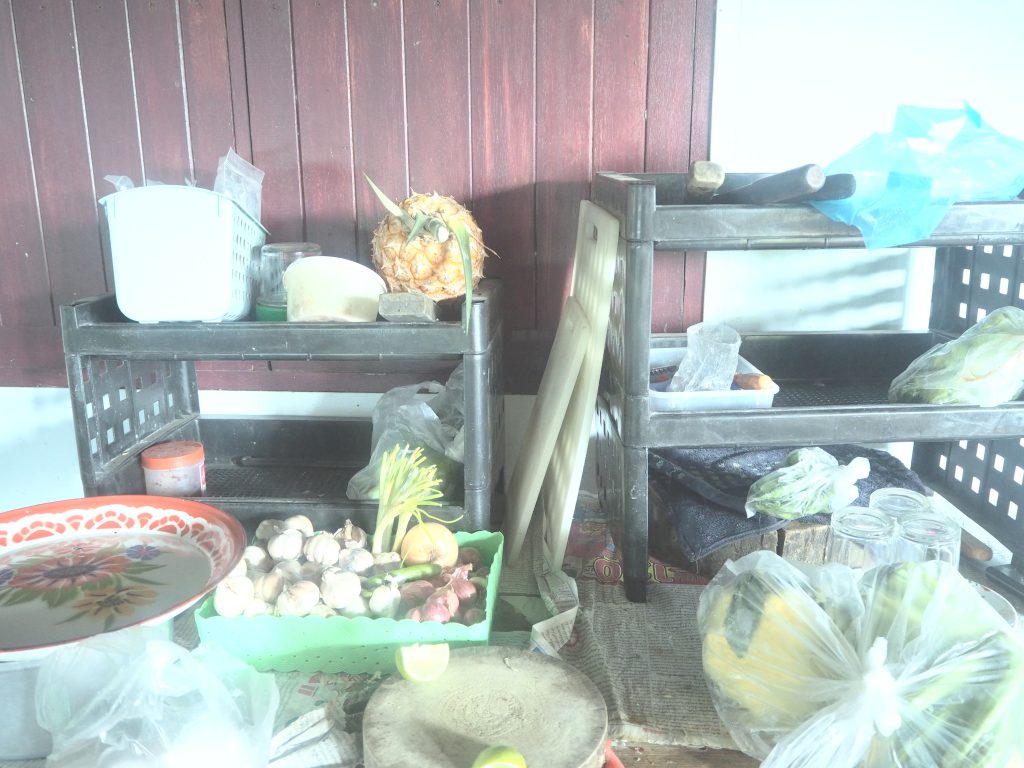
……..and of course, Chilli
Finally, the ingredient most people immediately leap to when Thai food comes to mind; the humble chili. Relying on crushed, powdered or flaked alone just won’t do. Different varieties of chili have myriad different flavour profiles so be as specific as you can in your sourcing for the best outcome. When so much effort has gone into the shopping, it would be careless to assume all chillies are the same. Do your research, shop thoughtfully and you won’t regret the extra effort you went to. Happy Cooking!




